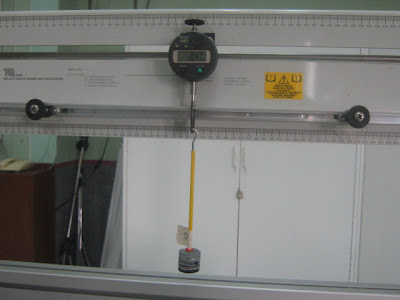
Who will be this year's ASEP Struct-Whiz Champion? Will there be a Struct Wizard among the participants of the 4th ASEP Struct-Whiz Challenge? The champions of the past 3 competitions came from UPLB, DLSU-Manila and TIP-QC. Whose school will reign supreme in the 2010 edition?
The Association of Structural Engineers of the Philippines (ASEP) is inviting undergraduate civil engineering students to join the
4th Struct-Whiz Challenge to be held on Feb. 19, 2010 at the NIA Conference Hall, EDSA, QC.

The topics of the quiz contest are Engineering Mechanics, Strength of Materials, Theory of Structures, Structural Design (Concrete, Steel, Timber), Design Codes(NSCP2001), Soil Mechanics & Foundation Design and Miscellaneous topics (e.g. Wind and Earthquake Loads, Principles of Bridge Design). Round 1 is written exam open to all participants. The top 20 examinees will qualify to Round 2 and 3.
The prizes are: P12,000 (1st), P8,000 (2nd) and P5,000 (3rd). Any participant who meets the cut-off score in rounds 2 & 3 for Struct Wizards will receive a special prize.








 For the protection of public life and property, the design of structures and the preparation of structural plans for their construction have to be controlled and regulated. In the Philippines, the National Structural Code of the Philippines (NSCP) is adapted as the referral code for structural design. The NSCP prescribes the minimum requirements in terms of strength, serviceability and ductility of buildings and other structures.
For the protection of public life and property, the design of structures and the preparation of structural plans for their construction have to be controlled and regulated. In the Philippines, the National Structural Code of the Philippines (NSCP) is adapted as the referral code for structural design. The NSCP prescribes the minimum requirements in terms of strength, serviceability and ductility of buildings and other structures. 







 The 2nd place bridge was from Pamantasan ng Lungsod ng Maynila (PLM) which had a score S=9.15 with P=36 kg, D=8.87 mm and W=443.7 g. The 3rd place goes to another entry from TIP-Manila with S=9.01, P=45kg, D=10.78 and W=463.11 g.
The 2nd place bridge was from Pamantasan ng Lungsod ng Maynila (PLM) which had a score S=9.15 with P=36 kg, D=8.87 mm and W=443.7 g. The 3rd place goes to another entry from TIP-Manila with S=9.01, P=45kg, D=10.78 and W=463.11 g. 










